10 Home Improvement Tips For Summer
Summer is a great time to take care of your home and make improvements that will keep it looking great all year long. Whether you’re looking to increase your home’s value or simply want to make it more comfortable for your family, there are plenty of home improvement projects that are perfect for the summer months. In this article, we will discuss 12 home improvement tips for summer that will help you make the most of the season.
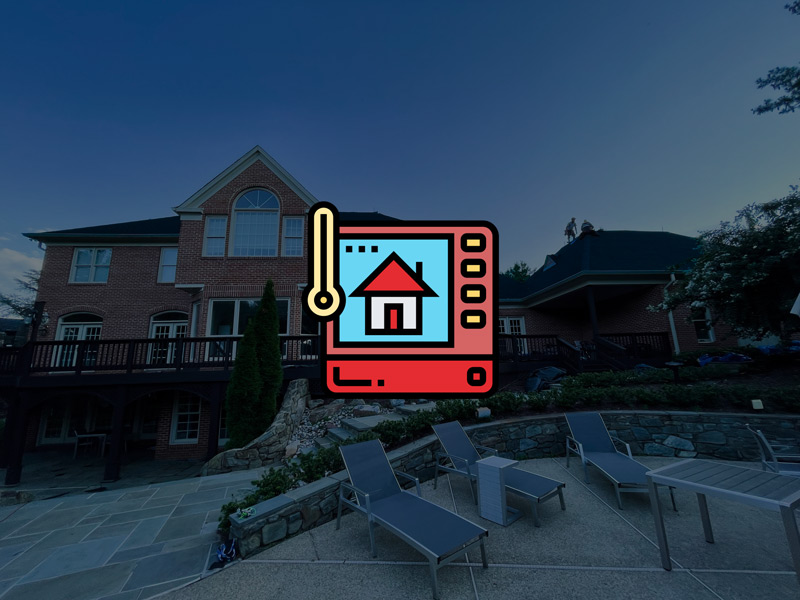
1.) Check Your HVAC System
Keeping your home cool during the hot summer months is essential for your comfort and well-being. Your HVAC (heating, ventilation, and air conditioning) system plays a critical role in keeping your home comfortable, but it can also be a major energy expense. Here’s why checking your HVAC system is important for summer:
- Ensures that your system is working efficiently: Regular maintenance of your HVAC system can improve its energy efficiency and performance, which can save you money on your utility bills.
- Helps prevent breakdowns: A poorly maintained HVAC system is more likely to break down when you need it the most, leaving you without cooling on a hot summer day.
- Improves indoor air quality: A properly functioning HVAC system can improve indoor air quality by filtering out pollutants and allergens.
Now that you understand why it’s important to check your HVAC system, here are some tips on Checking the efficiency of your HVAC:
- Schedule a professional inspection: A qualified HVAC technician can inspect your system, clean the components, and perform any necessary repairs or maintenance.
- Replace your air filters: Dirty air filters can cause your system to work harder, leading to higher energy bills and reduced efficiency. Replace your air filters regularly to keep your system running smoothly.
- Keep the outdoor unit clean: Remove any debris, such as leaves or branches, from around the outdoor unit to prevent airflow blockages and improve efficiency.
- Consider upgrading to a programmable thermostat: A programmable thermostat can help you save energy and money by automatically adjusting your home’s temperature when you’re away.
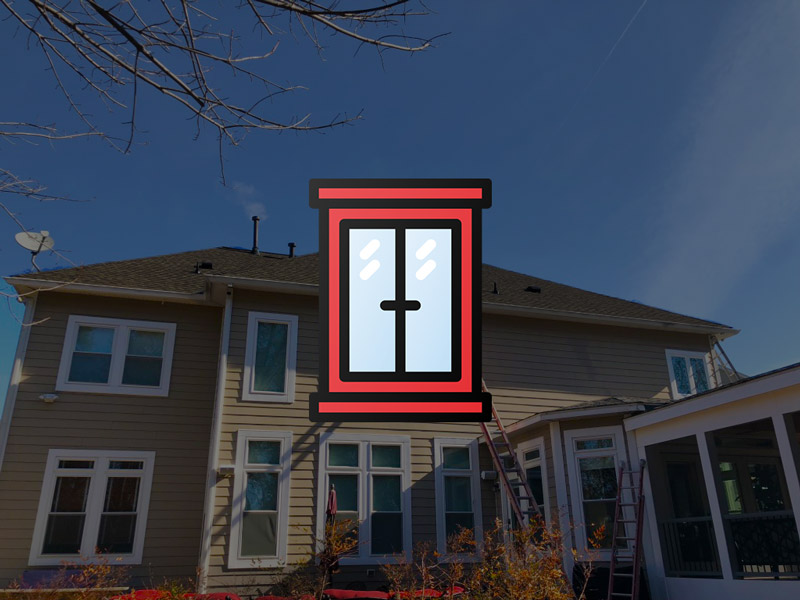
2.) Repairing / Replacing Windows
If your windows look damaged or in need of repair here are some reason why you should replace them for the summer :
- Energy efficiency: Old or damaged windows can let in hot air and make your air conditioning work harder, which can drive up your energy bills. Upgrading to energy-efficient windows can help keep your home cool and comfortable while also reducing your energy costs.
- Improved indoor air quality: Windows that are difficult to open or close can restrict airflow, which can lead to poor indoor air quality. By upgrading your windows, you can improve ventilation and air circulation in your home, which can have a positive impact on your health.
- Increased home value: Energy-efficient windows are a popular selling point for homebuyers, so upgrading your windows can increase the value of your home.
Here are some tips for choosing and installing energy-efficient windows:
- Look for windows with a low solar heat gain coefficient (SHGC) and a high energy efficiency rating (ER). These ratings indicate how well the window blocks heat from the sun and how much energy it saves.
- Consider the framing material. Vinyl, fiberglass, and composite frames are all good options for energy efficiency and durability.
- Hire a professional window installer to ensure proper installation and maximize energy savings.
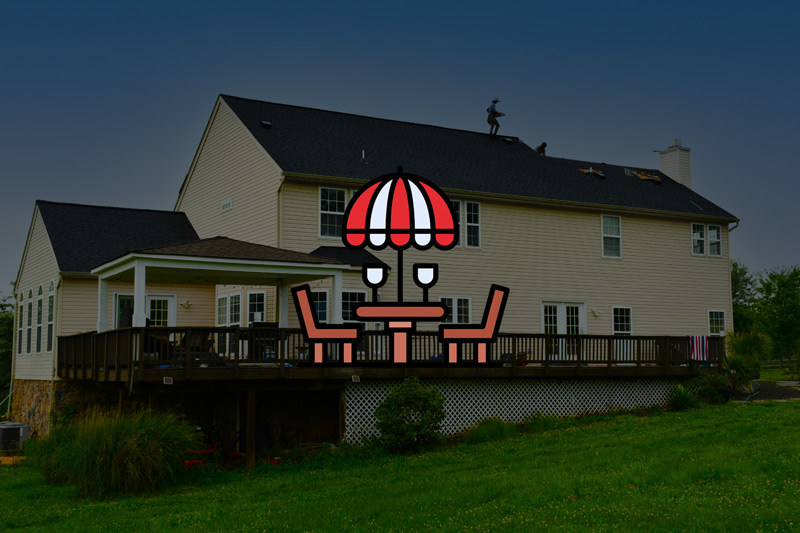
3.)Clean and Seal your Deck or Patio
Summer is the perfect time to enjoy outdoor spaces like decks and patios. However, these areas can take a beating from the elements and foot traffic, leading to wear and tear. Here’s why cleaning and sealing your deck or patio is important for summer, and how to do it effectively:
Importance of cleaning and sealing:
Protects the wood or surface from sun and moisture damage, preventing costly repairs or replacements.
Enhances the appearance of the deck or patio, making it more inviting for summer gatherings and relaxation.
How to clean:
- Sweep away debris and remove any furniture or potted plants.
- Use a pressure washer or a garden hose with a high-pressure nozzle to remove dirt, grime, and stains.
- Apply a deck cleaner with a stiff-bristled brush, and let it sit for the recommended time.
- Rinse off the cleaner with a hose, and let the deck or patio dry completely.
How to seal:
- Choose a sealant that suits your deck or patio’s material and climate conditions.
- Apply the sealant with a paint roller or brush, following the manufacturer’s instructions and coverage rate.
- Allow the sealant to dry completely, and apply a second coat if recommended.
- Let the deck or patio cure for at least 48 hours before using it again.
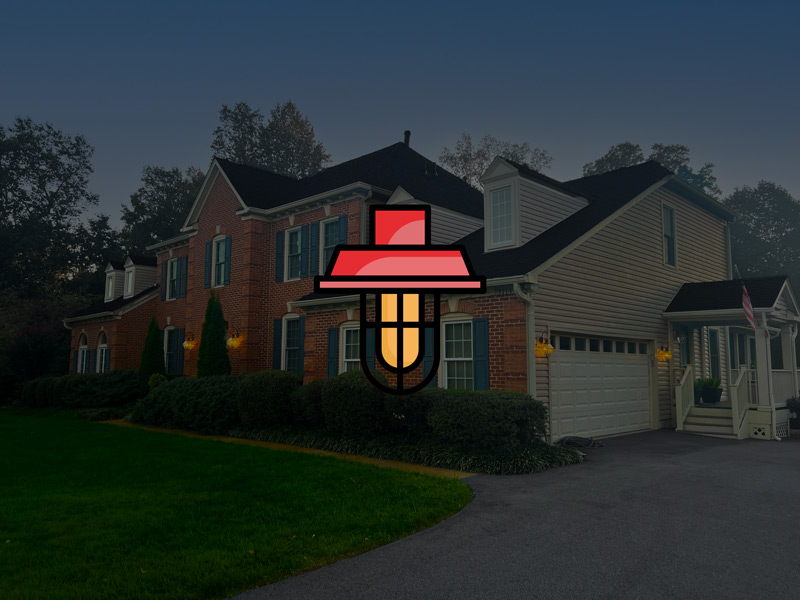
4.) Install Outdoor Lighting
Outdoor lighting can improve your home’s security, safety, and aesthetics, especially during summer when you spend more time outdoors.
It can also provide illumination for outdoor activities such as barbecues and parties.
Tips on how to choose and install outdoor lighting:
- Determine your lighting goals: Before choosing outdoor lighting, consider what you want to achieve. Do you want to illuminate a path or a specific area? Do you want to highlight a landscape feature or increase visibility around your home? Answering these questions will help you choose the right type of lighting.
- Choose the right type of lighting: There are several types of outdoor lighting to choose from, including floodlights, path lights, spotlights, and decorative lights. Each type serves a specific purpose, and some can be combined for a layered effect.
- Consider energy-efficient options: LED lights are a popular choice for outdoor lighting since they use less energy and last longer than traditional incandescent bulbs. Solar-powered lights are another energy-efficient option that doesn’t require wiring or an electrical outlet.
- Plan the installation: Proper installation is crucial for outdoor lighting to function correctly and safely. Consider the placement of the lights, the wiring, and any electrical requirements. If you’re not comfortable with electrical work, it’s best to hire a professional.
- Enhance with accessories: Add extra flair to your outdoor lighting by incorporating accessories such as timers, motion sensors, and dimmers. These accessories can help conserve energy and create a more customized lighting experience.
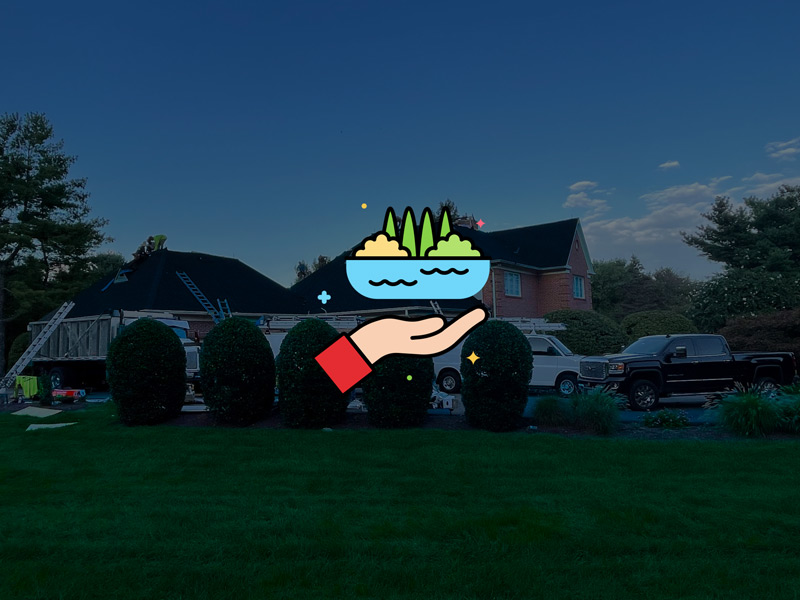
5.)Refresh Your Landscaping
Refreshing your landscaping can help improve the overall appearance of your home and create an inviting outdoor space for summer activities. Here are some reasons why refreshing your landscaping is important for summer:
- Boosts curb appeal: Landscaping can make a significant impact on the overall aesthetic of your home. Refreshing your landscaping can help make your home more attractive to potential buyers, visitors, and even yourself.
- Increases home value: A well-maintained and attractive landscape can increase the value of your home. In fact, studies have shown that homes with well-maintained landscapes can sell for up to 20% more than those without.
- Provides outdoor living space: A refreshed landscape can provide additional outdoor living space for summer activities like barbecues, picnics, and outdoor games.
- Improves air quality: Plants help improve air quality by absorbing carbon dioxide and other pollutants and releasing oxygen.
Here are some tips on how to refresh your landscaping for summer:
- Assess your current landscape: Take a look at your current landscaping and decide which areas need improvement or updating. Consider factors like plant health, maintenance requirements, and aesthetic appeal.
- Choose summer-friendly plants: Select plants that thrive in the summer months and can withstand the heat and humidity. Some examples of summer-friendly plants include daylilies, coneflowers, black-eyed Susans, and petunias.
- Add mulch: Adding a layer of mulch to your landscaping can help retain moisture and prevent weed growth.
- Consider hardscaping: Incorporating hardscaping elements like walkways, patios, and retaining walls can add visual interest and provide additional outdoor living space.
- Hire a professional landscaper: If you’re not sure where to start or don’t have the time or skills to tackle a landscaping project, consider hiring a professional landscaper to help you achieve your desired results.
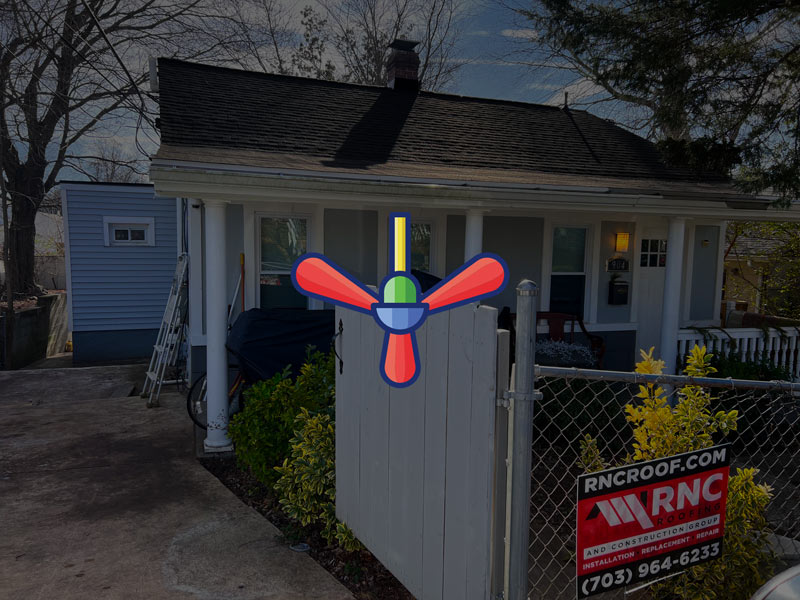
6.) Install Ceiling Fans
Ceiling fans can be a great addition to any room, especially during the summer months. They help keep the room cool, improve air circulation, and can even save you money on your energy bills.
Why Installing a Ceiling Fan is Important for Summer
- Ceiling fans help circulate air in the room and create a cooling breeze, which can make the room feel several degrees cooler.
- They can help reduce the amount of air conditioning needed, which can save you money on your energy bills.
- Ceiling fans can also be used in conjunction with your air conditioning to help distribute cool air more efficiently.
Tips on How to Choose and Install a Ceiling Fan
- Choose a fan with a high airflow rating to ensure it can effectively cool the room.
- Look for a fan with multiple speed settings to control the airflow and customize the fan’s performance.
- Consider the size of the room when choosing a fan – larger rooms may require a larger fan to effectively circulate the air.
- Choose a fan with an ENERGY STAR rating to ensure it is energy-efficient and will save you money on your bills.
Installing a Ceiling Fan
- Turn off the power to the room before beginning installation.
- Follow the manufacturer’s instructions carefully and ensure the fan is securely mounted to the ceiling.
- Ensure the fan blades are level and balanced to prevent wobbling or shaking.
- Test the fan’s operation before completing the installation to ensure it is functioning properly.
If you are not comfortable installing the fan yourself, consider hiring a professional electrician to do the installation for you.
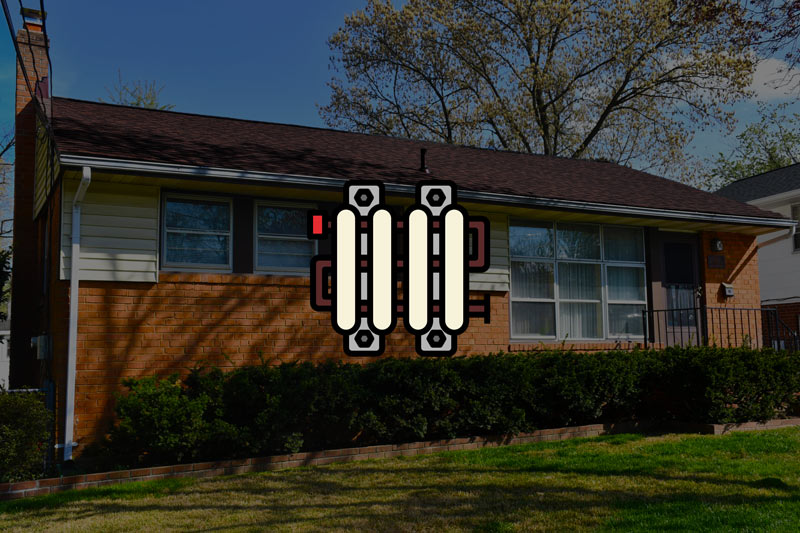
7.) Replace Your Water Heater
Summer is a great time to replace your water heater. This is because you can take advantage of the warmer weather to install a new unit without worrying about being without hot water for too long. Additionally, replacing your old water heater with a new, energy-efficient one can help you save on energy bills and reduce your carbon footprint.
Here are a few reasons why you should consider replacing your water heater in the summer:
- Summer is typically a slower season for plumbing contractors, which means you may be able to get a better price on the installation.
- The warmer weather makes it easier for the plumber to work, as they won’t have to worry about working in cold or snowy conditions.
- Replacing your old water heater with a new, energy-efficient one can help you save on energy costs and reduce your carbon footprint.
Here are some tips to help you choose an energy-efficient water heater :
- Choose the right type of water heater. There are three main types of water heaters: tankless, storage, and heat pump. Each type has its pros and cons, so it’s important to choose the one that best fits your needs and budget.
- Consider the size of your new water heater. If you have a large family or frequently use a lot of hot water, you may need a larger water heater. On the other hand, if you live alone or only use hot water for a few basic needs, a smaller unit may be more cost-effective.
- Look for an energy-efficient model. Energy-efficient water heaters can help you save money on your energy bills over time. Look for models that are Energy Star certified and have a high Energy Factor (EF) rating.
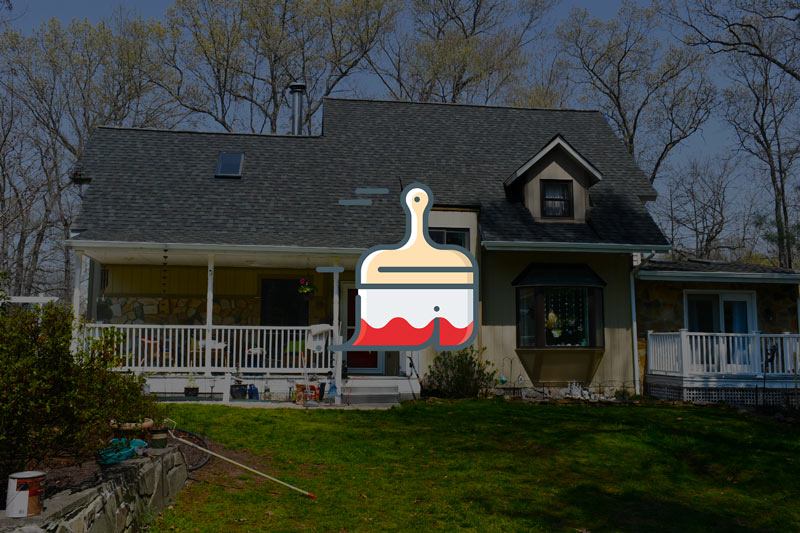
8.) Repainting Home's Exterior
Summer is the perfect time to give your home’s exterior a fresh new look. Repainting the exterior not only improves the curb appeal of your home but also protects it from weather damage. Here are some tips on how to repaint your home’s exterior:
- Protection from Weather Damage: Summer weather can be harsh on the exterior of your home, causing it to fade, peel, and crack. A fresh coat of paint can help protect your home from weather damage.
- Improved Curb Appeal: A fresh coat of paint can transform the appearance of your home and make it more attractive to potential buyers if you are planning to sell your home.
- Increase the Value of Your Home: Repainting the exterior of your home is a cost-effective way to increase its value.
Here are some tips on how to repaint your home’s exterior:
- Choose the Right Color: Choose a color that complements the style of your home, as well as the surrounding environment.
- Prepare the Surface: Clean the surface thoroughly to remove dirt, debris, and any loose paint. Repair any cracks or holes, and sand the surface to create a smooth surface for painting.
- Prime the Surface: Apply a coat of primer to create a smooth surface for painting and to ensure better adhesion.
- Choose the Right Paint: Choose a high-quality paint that is specifically designed for exterior use. Look for paint that is weather-resistant, fade-resistant, and has good coverage.
- Use the Right Tools: Use the right tools, such as brushes, rollers, and sprayers, for the job. A sprayer can help you cover a large area quickly, while a brush can help you achieve a more precise finish.
- Follow the Directions: Follow the manufacturer’s instructions carefully, and make sure to apply the paint in the recommended number of coats.

9.) Update Insulation
Having proper insulation in your home can help keep the indoor temperature comfortable during the summer months.
Why updating insulation is important for summer:
- Insulation helps to keep the cool air inside your home during the summer, reducing your energy consumption and costs.
- Upgrading insulation can also help to prevent moisture buildup, which can lead to mold and mildew growth.
Tips on how to choose and install insulation:
- Assess your current insulation: Check your attic, walls, and basement to see what type of insulation you currently have and determine if it needs to be replaced or supplemented.
- Choose the right type of insulation: There are different types of insulation available, including batts, blown-in, and spray foam insulation. Each type has its own benefits and considerations, so it’s important to choose the right one for your needs.
- Check R-values: R-value is a measure of insulation’s ability to resist heat flow. Higher R-values mean better insulation. Check the recommended R-values for your area and choose the insulation with the appropriate rating.
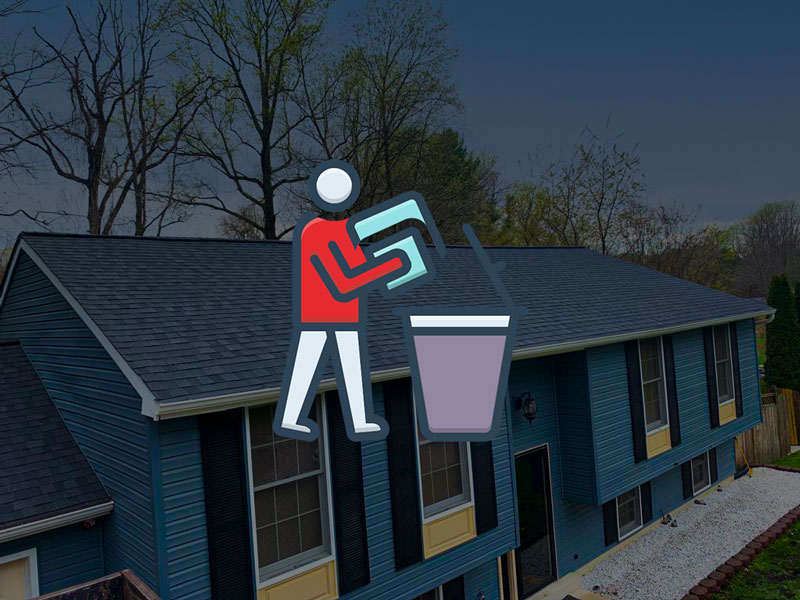
10.) Organizing Your Garage
Organizing your garage may not seem like a typical summer home improvement project, but it can actually be a great way to prepare for the season.
- Summer activities often require easy access to equipment and gear that you may store in your garage.
- An organized garage can help you find what you need quickly and easily, saving you time and hassle.
- Decluttering your garage can also create more space for summer projects or activities, such as working on your car or hosting a backyard barbecue.
Decluttering and organizing your garage can be a big project, but it doesn’t have to be overwhelming. Here are some tips to help you get started:
- Sort and categorize items: Start by taking everything out of your garage and sorting items into categories, such as tools, sports equipment, and gardening supplies.
- Declutter: Get rid of any items that you no longer need or use, such as broken tools or outgrown sports equipment. Consider donating or selling items that are still in good condition.
- Create zones: Once you’ve decluttered, create zones for each category of items. For example, create a zone for gardening supplies and another for sports equipment.
- Invest in storage solutions: There are a variety of storage solutions available for garages, such as shelving units, pegboards, and hooks. Consider which solutions will work best for the items in each zone.
- Label and organize: Label each zone and each storage container to make it easy to find what you need. Organize items within each container or zone to maximize space and accessibility.
View More Articles
Please Share!











